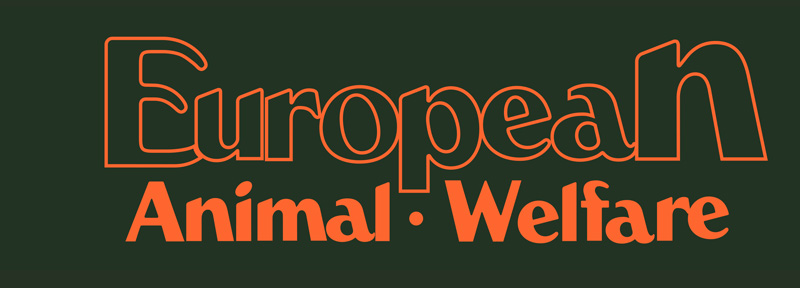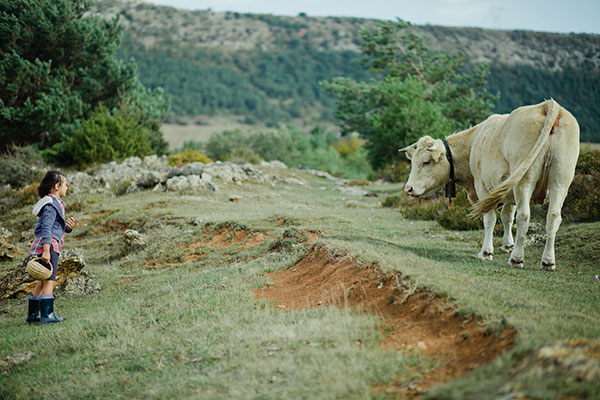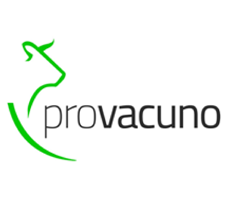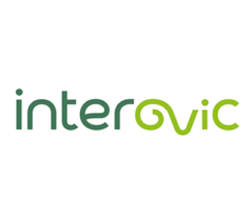Animals constantly manifest behaviours, postures or ways of relating to each other that tell us a lot about their physical and psychological state. Analysing and measuring these factors, as we mentioned in previous posts, is crucial in order to establish the highest standards of reliability in animal welfare on farms.
Thanks to the exhaustive analysis of the animal welfare parameters carried out by professional experts in the field, it will be possible:
- Provide first aid to animals in need of it
- Prevent them from suffering from diseases
- Stop possible diseases in time
On farms committed to European animal welfare, the relationship between veterinarians and farmers is crucial. When the animals are resting peacefully in the enclosure or are exercising behaviours typical of their species, every piece of information is analysed and processed, always taking into account the strict European scientific parameters in terms of regulation.
In this sense, for example, the beef cattle interprofessional (Provacuno) and the Spanish and Hungarian sheep and goat interprofessional (Interovic and JTT) have developed quality references that contemplate and analyse more than 80 parameters, all of them criteria backed by science.
There are multiple indicators that show whether an animal is in an optimal state of welfare in terms of health. Just as an example we can list the following:
- Appearance: A healthy animal is alert and aware of its surroundings. It is active with its head held high and supported by all its limbs. When an animal separates from the group, the reason for its behaviour should be analysed and the case should be managed in the best way possible.
- Movement: Movement also says a lot about the animals. Simple factors such as how long they lie down and how often they eat during the day should be observed.
- Eyes: Bright eyes, with no tears in the corners, are a clear indicator of animal welfare.
- Ears: Ears are among the most restless joints in ruminants, along with the tail. If they move all the time, it means that the animal is attentive to all the stimuli around it, which is a positive sign of welfare.
- Muzzle: In cows, good health is related to a moist, not dry, muzzle. In sheep and goats the opposite is true, the nose should be cold and dry.
- Mouth: The ruminant should not drip saliva. If the chewing is slow, there may be problems with the teeth.
- Breathing: During rest, you can tell if an animal is in good health by noticing its smooth and regular breathing. Sometimes movement and warm weather increase the rate of breathing, which is why it is so important to be able to analyse each factor.
- Ruminate: Sheep, goats and cattle ruminate for six to eight hours a day. Rumination is a good indicator of animal welfare in terms of behaviour.
It is important to understand that assessment and detection through some of these indicators must be rigorous and traceable and must be monitored and recorded. This is the only way to avoid making false diagnoses and exposing ruminants to subjective testimonies. Furthermore, measurement and control must be accompanied by an appropriate action plan in each case that is able to ensure adequate conditions in each case.
In this way, the study of behaviours, attitudes and physical factors will allow a control of those elements that may be negatively influencing the animal welfare of ruminants; their recording will allow their analysis and evaluation and the action plan will guarantee the taking of appropriate measures to eliminate risks and guarantee animal welfare.














